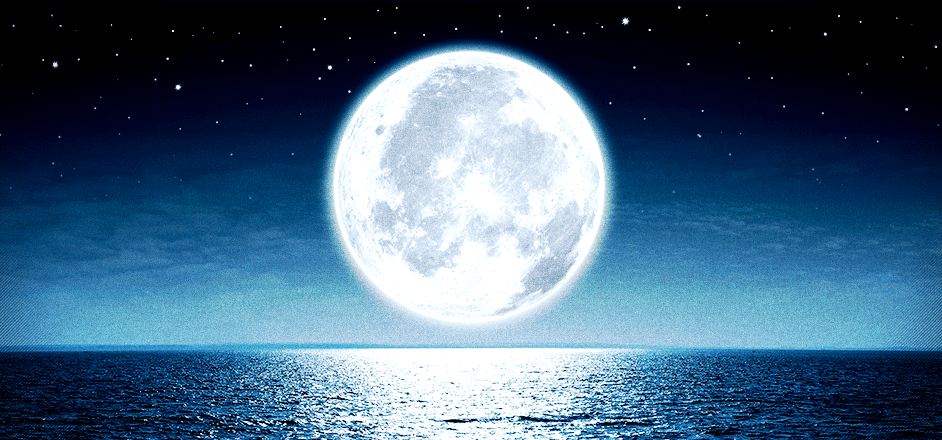Today, two different research papers published by NASA and the University of Colorado, have revealed that the moon might be far more habitable than previously imagined.
In a remote press briefing this morning, a panel of NASA scientists unveiled their discovery, which was made by the Stratospheric Observatory for Infrared Astronomy (SOFIA). They announced that water has been detected on the sunlit surface of the moon.
Something they previously didn’t think was possible. Until now, the only place it was thought that water could exist, possibly, was in the deepest, darkest craters of the moon — places known as “cold traps.”
"The temperatures are so low in cold traps that ice would behave like a rock," Paul Hayne, assistant professor in the Laboratory of Atmospheric and Space Physics at CU Boulder, said in a press release. "If water gets in there, it's not going anywhere for a billion years."
Haynes is the lead author of the other study, also published today, which also had a moon-water announcement to make. In the CU study, published in Nature Astronomy, Haynes’ found that there are far more of those cold traps on the moon than previously believed. Not only did they find a “wide variety” of cold traps (from micro-cold traps, as small as a centimeter, to macro ones like the several miles deep, 13-mile wide, Shackleton Crater at the moon’s southern pole), but they also found 15,000 miles of permanently shadowed moon-area.
“If you can imagine standing on the surface of the moon near one of its poles, you would see shadows all over the place," said Paul Hayne, assistant professor in the Laboratory of Atmospheric and Space Physics at CU Boulder. "Many of those tiny shadows could be full of ice."
Which is great news, in light of NASA’s Artemis mission, which aims to put a man and woman on the moon by 2024, and establish a permanent “moon-presence” by the end of the decade. They’re moving forward with some science-fiction-level plans, which might very well require access to water all over the lunar surface.
“If we're right,” said Hayne, “Water is going to be more accessible for drinking water, for rocket fuel, everything that NASA needs water for.”
NASA’s announcement, for its part, raises new questions about how water is created and how it exists exists in the harsh environments of space. Sunlit areas of the moon were thought to be totally waterless, because of the extremely challenging environmental conditions there. This discovery throws that out the window and suggests that water might be distributed evenly (though very minimally) throughout the surface of the moon.
“We had indications that H2O – the familiar water we know – might be present on the sunlit side of the Moon,” Paul Hertz, director of the Astrophysics Division in the Science Mission Directorate at NASA Headquarters in Washington, said in a press release. “Now we know it is there. This discovery challenges our understanding of the lunar surface and raises intriguing questions about resources relevant for deep space exploration.”
Haynes’ discovery, in combination with NASA’s announcement, both on the same day and both about water on the moon, are exciting revelations. Haynes found that water-ice is very likely to exist in the dark ever-shadowed areas of the moon and NASA found that it exists in the sunlit areas as well (in very small amounts). Between those two studies it’s probably safe to assume that astronauts who will someday occupy the moon, will find water there — and they might not have to venture over to the dark side of the moon to get it.
"Astronauts may not need to go into these deep, dark shadows," Hayne said, of the cold traps he and his team discovered. "They could walk around and find one that's a meter wide and that might be just as likely to harbor ice."



Leave a Reply